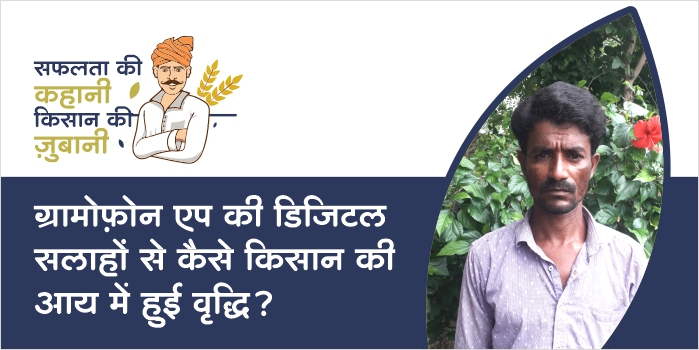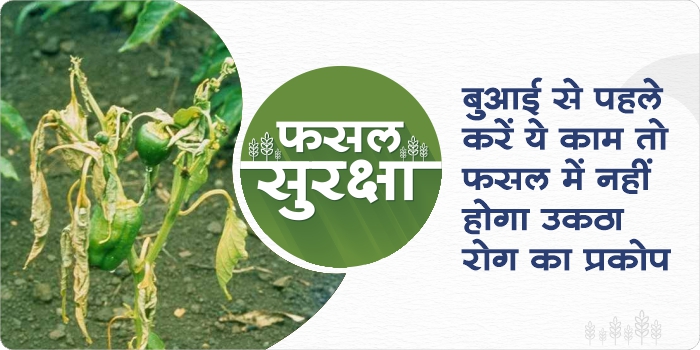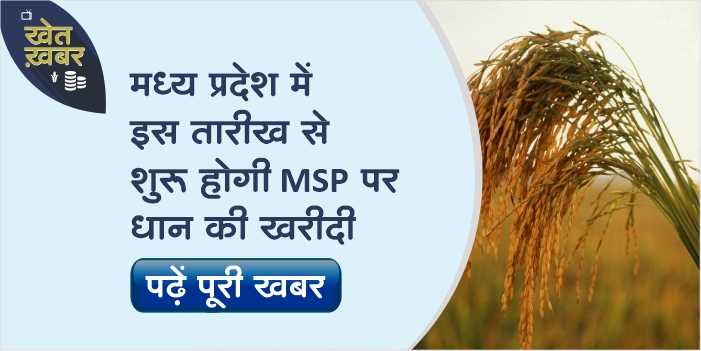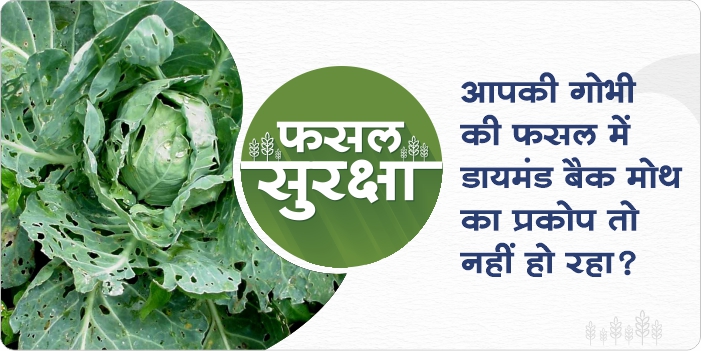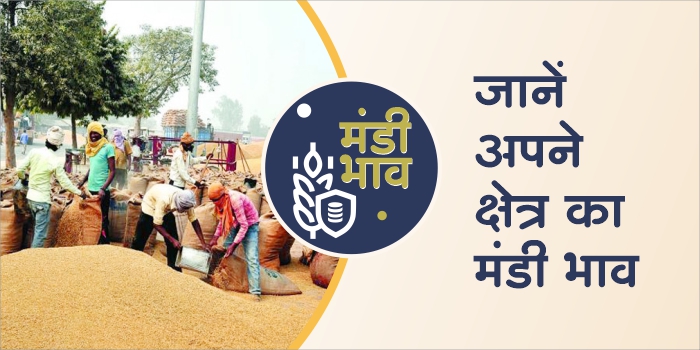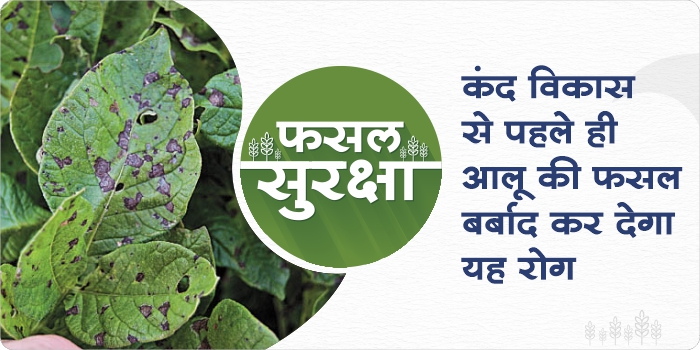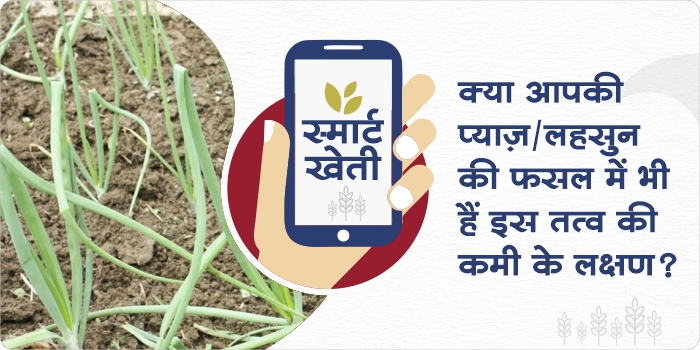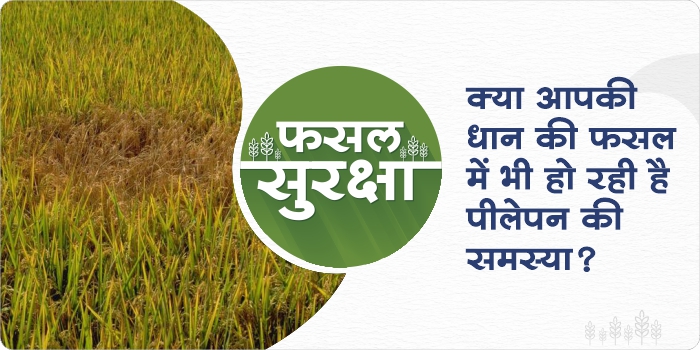The whole world is slowly being digitized, today anyone can get any information anywhere on one touch of mobile. There is also a lot of potential for the Indian farmer in this era of digitization. Gramophone is opening the doors of these possibilities to farmers. Now farmers are getting every information related to agriculture through the Gramophone Krishi Mitra app on one touch of a smartphone. Soybean farmer Sagar Singh Solanki of Khandwa is also doing smart farming with the help of the Gramophone Krishi Mitra App.
The use of the Gramophone app not only made Sagar Singh Solanki a smart farmer but also brought a good increase in income while reducing agricultural costs. The use of the app reduced their agricultural costs by 21% and increased income by 25%. Apart from this, their total profit also increased by 37% as compared to earlier.
Like Sagar Singh Solanki, lakhs of farmers are using the gramophone app and taking advantage of it. If you also want to become a smart farmer like them then you can also join Gramophone. To connect with Gramophone, login to the Gramophone Krishi Mitra app.
Share
